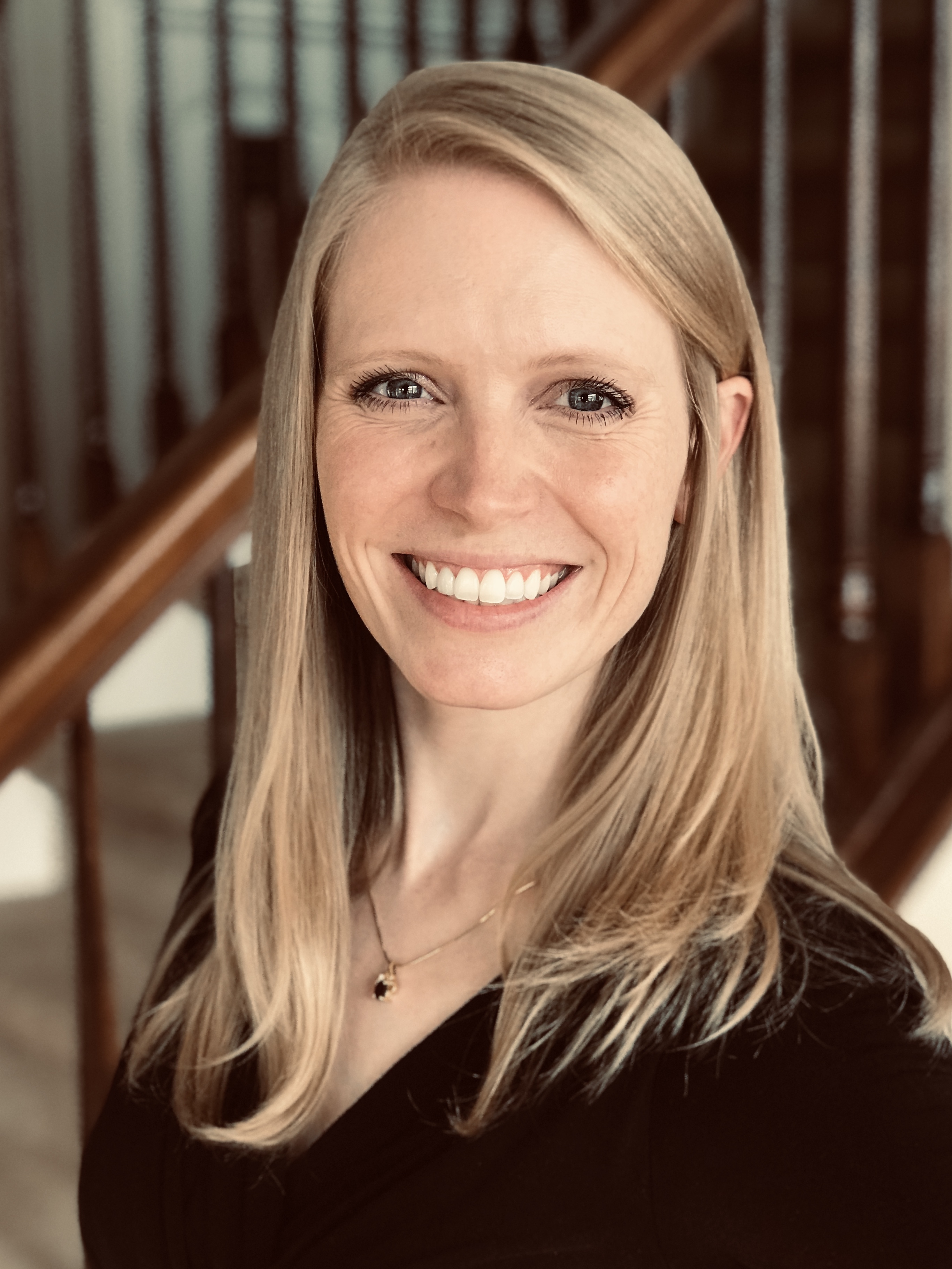 Education Education
BS in Chemistry, summa cum laude, BYU (2007)
PhD in Physical Chemistry, BYU (2012)
Postdoctoral researcher, MIT (2012-2013)
Professional Activities
Director of the XRD Facility at BYU (2013-present); ACA member (2010-present); Chair and secretary of the Small Molecule SIG (2016-2017, 2020-2022); Chair of the General Interest SIG (2014-2015); Secretary of the Service SIG (2014-2015); Co-chair and organizer of 4 “Cool Structures” sessions (2019, 2022); Co-chair and organizer of 5 “General Interest” sessions (2014, 2015); International webinar (2014) and workshop (2021) on using single crystal diffractometers to collect powder diffraction data; NSF MRI grant reviewer (DMR X-ray panel)
Research Interests
Using small molecule single crystal diffraction, powder diffraction, and PDF analysis techniques to understand structure-function relationships of useful materials
Statement
I am honored to be asked to stand as a candidate for the ACA Meeting Committee. The ACA has been my scientific ‘home’ for twelve years, providing an invaluable network of mentors and colleagues. I look forward to attending the Annual Meetings each year and have enjoyed being involved in ACA leadership and organization in several capacities. In the past eight years, I have served as chair and/or secretary for three different SIGs, have organized and co-chaired nine half-day conference sessions, and have participated in multiple annual planning meetings. I would be delighted to apply my organizational skills to the full scope of the Annual Meetings as part of the ACA Meeting Committee.
This is an exciting time in structural science. Advances in technology have revitalized and extended capabilities for analyzing atomic structure across multiple fields. Cryo-EM and MicroED have emerged as essential tools in structural biology. Recent innovations have greatly extended the range and size of materials that can be investigated using neutrons. Advances in data science and quantum crystallography are opening new avenues for understanding and predicting structures across biology and material science. The ACA is the natural home for all of these emerging and established areas of structural science, and the Annual Meeting provides an ideal platform for experts to exchange and enhance ideas.
Individuals on the Meeting Committee must therefore work across multiple disciplines to ensure that Annual Meetings are relevant and remain at the cutting edge. I have some experience crossing disciplines; my research has afforded me experience in small molecule crystallography, powder diffraction, and PDF analysis of a wide range of materials, and upcoming projects are leading me to excursions in protein crystallography and electron diffraction. I hope to harness the range of my experience to carry out the ACA’s current emphasis to enfold both emerging and established techniques in the ACA Annual Meetings.
Science today is largely collaborative, so networking is more important than ever. The best way to do this is to gather annually in meetings. One of the strengths of the ACA Annual Meetings is that they are large enough to incorporate experts from a wide variety of fields, but they are intimate enough for students, postdocs, and established scientists in academia and industry to make real and lasting connections. The pandemic underscored the importance of in-person interactions for me, so if elected, I would be committed to providing consistent and well-organized opportunities for structural scientists at all stages to mix and mingle in person each year. However, the pandemic also opened new options for using technology to bring people together. So, I think it will be important for the Meeting Committee to explore efficient ways to use technology to promote accessibility and inclusion while still emphasizing those essential in-person networking opportunities at annual meetings.
Networking is particularly important for students and young scientists. I am passionate about enfolding young scientists in the ACA and connecting them with the network of experts here. I get to train the rising generation of structural scientists in my role as director of the XRD facility at BYU, and I hope to utilize this experience to enhance the educational and outreach efforts at Annual Meetings. However, I recognize that it is equally important to provide a venue for established scientists to share their work, network, and receive continuing education. As part of the Meeting Committee, I would strive to ensure meetings provide a strong network of support for structural scientists at all stages by encouraging a mixture of sessions and workshops targeted to both novices and experts.
|